Disclosure: This article contains affiliate links. We may earn a commission from purchases at no extra cost to you, which helps our travel content.
When one contemplates urban exploration in the American Midwest, Kansas City's vibrant downtown typically springs to mind—not its unassuming suburban neighbors. Yet after spending a delightful autumn weekend in Shawnee, Kansas, I find myself compelled to correct this oversight. This modest municipality, established in 1857 and named for the indigenous Shawnee people, harbors a surprising collection of historical curiosities, architectural anomalies, and family-friendly diversions that merit proper documentation. Having investigated urban landscapes from Bucharest to Bangkok, I've developed something of an affinity for these overlooked suburban treasures—places where America's complex historical narrative unfolds in unexpected ways, far from the well-trodden tourist circuits. Shawnee exemplifies this phenomenon beautifully, offering a compact yet remarkably diverse tableau of Midwestern heritage that can be thoroughly explored in a single weekend without depleting one's travel fund.
Shawnee Town 1929: A Temporal Portal Worth Your Time
My exploration invariably begins with historical context, and Shawnee Town 1929 provides precisely that—an immersive glimpse into Depression-era Kansas that transcends the typical outdoor museum experience. Unlike many historical reconstructions that feel sterile and contrived, this 1920s farming community has been meticulously recreated with an attention to detail that would satisfy even the most pedantic historical scholar.
The farmstead's buildings—from the humble chicken coop to the surprisingly well-appointed farmhouse—contain artifacts that tell a coherent story of agricultural life during a pivotal moment in American economic history. What particularly impressed me was the site's commitment to functional authenticity; the heritage gardens grow period-appropriate vegetables, the blacksmith's forge actually operates, and the general store displays products with historically accurate packaging.
During my visit, I had the good fortune to encounter a volunteer docent named Margaret, herself the granddaughter of Kansas farmers, whose anecdotes about depression-era agricultural practices added invaluable context to the physical exhibits. She pointed out subtle details I might have otherwise missed—like the newspaper insulation in the farmhouse walls and the repurposed flour sack textiles that exemplified the era's 'make do and mend' ethos.
I recommend allocating approximately two hours for this site, particularly if you're visiting with children, who will benefit immensely from the hands-on educational activities frequently offered on weekends.
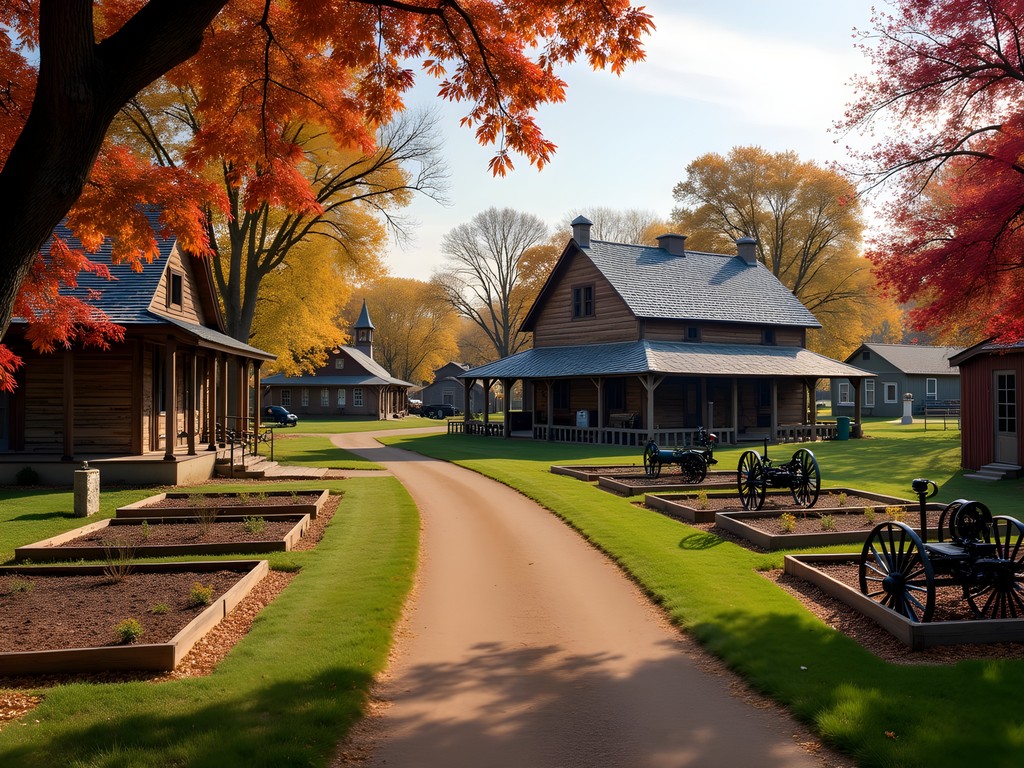
💡 Pro Tips
- Visit on a Tuesday or Saturday when the blacksmith demonstration takes place
- The site offers special seasonal programming during harvest season (September-October) that's worth planning around
- Bring your compact binoculars to appreciate architectural details on the historic buildings
Architectural Treasures: Victorian to Mid-Century Modern
Shawnee's architectural landscape presents a compelling chronological narrative spanning nearly 150 years of American design evolution. My legal training has instilled in me an appreciation for methodical documentation, which I applied to a self-guided walking tour of the city's diverse architectural specimens.
Begin at Johnson Drive, where several Victorian commercial buildings have survived with their decorative cornices and cast-iron storefronts remarkably intact. The Glaser Drugstore building (circa 1902) merits particular attention for its ornate pressed-tin ceiling, visible through the windows even when the current business occupying the space is closed.
Moving chronologically, the Shawnee Methodist Episcopal Church (1922) exemplifies the Prairie School's influence on ecclesiastical architecture, with its horizontal emphasis and geometric stained glass that would have pleased Frank Lloyd Wright himself. I spent a contemplative half-hour sketching its distinctive silhouette in my travel journal, which I've found indispensable for documenting architectural details that photographs often fail to capture adequately.
For enthusiasts of mid-century modern design, the residential neighborhood north of Shawnee Mission Parkway contains several noteworthy examples of ranch homes featuring characteristic low-pitched rooflines, integrated garages, and decorative breeze blocks. The Shawnee branch of the Johnson County Library (1967) similarly exemplifies mid-century institutional architecture with its bold geometric forms and expansive glass façade.
What makes Shawnee's architectural landscape particularly interesting is the absence of the homogenizing urban renewal projects that obliterated historical structures in larger cities during the 1960s and 70s. The result is an uncommonly intact architectural timeline that rewards the observant explorer.
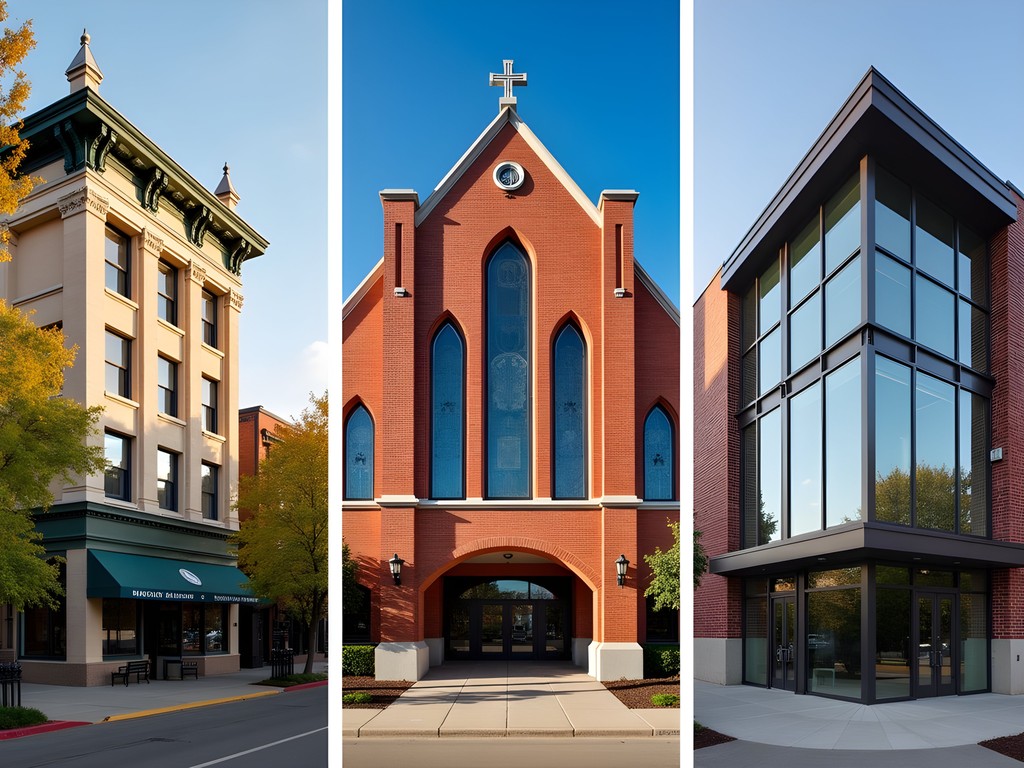
💡 Pro Tips
- The Shawnee Historical Society offers printable architectural walking tour maps on their website
- Visit on weekday mornings when traffic is lighter for better photography opportunities
- Look up! The most interesting architectural details are often above eye level
Geological Curiosities: Urban Caves and Limestone Legacy
My professional fascination with geological formations led me to investigate Shawnee's less obvious subterranean attractions. While not as extensive as the cave systems I've documented in Eastern Europe, Shawnee's limestone underpinnings have created several noteworthy geological features that merit exploration.
The most accessible of these is Swarner Park's peculiar rock formation—an exposed limestone outcropping that reveals fossilized marine creatures dating to the Pennsylvanian period (approximately 300 million years ago). This site offers families an excellent opportunity to introduce children to basic paleontological concepts. I observed several young explorers using their pocket magnifiers to examine the fossils, their expressions of wonder affirming my belief that geological education should begin early.
More intriguing to serious urban explorers are the remnants of Shawnee's limestone mining operations, which supplied building materials for many of Kansas City's historic structures. While the commercial caves are now sealed for safety reasons, their presence is evidenced by the subtle depressions visible in certain older neighborhoods—a phenomenon known as subsidence that occurs when underground cavities gradually collapse.
The most visible testament to Shawnee's limestone heritage is found in the dry-stacked stone walls that delineate property boundaries in the eastern portion of the city. These walls, constructed without mortar using techniques brought by Scottish and Irish immigrants in the 1850s, have weathered remarkably well and constitute an overlooked cultural landscape feature. Having documented similar walls in my native Galway, I found these Midwestern counterparts particularly evocative—tangible connections between my birthplace and adopted country.

💡 Pro Tips
- Visit Swarner Park after rainfall when the limestone fossils are more visible
- The Johnson County Museum has an excellent exhibit on local geology and mining history
- Respect private property boundaries when photographing historic stone walls
Vintage Treasures: Unexpected Finds for the Discerning Collector
Those who share my penchant for vintage acquisitions will find Shawnee surprisingly rewarding. Unlike the picked-over antique districts of larger metropolitan areas, Shawnee's vintage establishments retain that essential quality of archaeological potential—the genuine possibility of discovering undervalued treasures amid the expected detritus.
My methodical exploration began at Encore Unique Boutique, where the inventory transcends the typical suburban consignment fare. The proprietor, a former costume designer for regional theater, has cultivated a remarkable collection of mid-century accessories and textiles. I acquired a perfectly preserved 1960s Hermès scarf for approximately one-third of what it would command in a specialized vintage shop in Portland or Chicago.
For those interested in mid-century housewares, Shawnee's proximity to postwar suburban development has created a particularly rich reservoir of Pyrex, Franciscan pottery, and atomic-age small appliances. These items appear regularly at the Shawnee Antique Mall, where booth #47 specializes in kitchen collectibles from the 1940s-1970s.
My most unexpected find, however, was a collection of architectural salvage items at ReStore Habitat for Humanity. Unlike their counterparts in gentrified urban neighborhoods, Shawnee's ReStore receives donations from mid-century homes undergoing renovation before their architectural elements become fashionable enough to command premium prices. I observed several sets of pristine hollow-core interior doors with distinctive mid-century hardware—precisely the components that renovation enthusiasts seek for period-appropriate restorations.
To document my findings, I rely on my portable light box, which allows me to photograph small vintage items with professional clarity regardless of ambient lighting conditions. This practice not only creates a visual inventory of potential acquisitions but also facilitates comparison shopping via mobile internet when dealer prices seem potentially inflated.

💡 Pro Tips
- Visit on weekdays when shops are less crowded and dealers more amenable to price negotiations
- The first Saturday monthly brings additional vintage vendors to the farmers market parking lot
- Ask shopkeepers about estate sales in the area—these are often advertised only locally
Family-Friendly Urban Adventures: Beyond Conventional Playgrounds
Traveling with my colleagues' children over the years has taught me that successful family explorations require a delicate balance—educational content for parental satisfaction and sufficiently novel experiences to maintain youthful engagement. Shawnee offers several venues that achieve this equilibrium admirably.
The Clear Creek Trail system provides an accessible urban nature experience with interpretive signage appropriate for multiple age groups. The 1.2-mile paved section features several footbridges crossing the eponymous creek, creating natural opportunities to discuss watershed ecology and riparian habitats. During my autumn visit, families were engaged in impromptu leaf classification activities, with parents helping children identify oak, maple, and sycamore specimens.
For families with technological inclinations, Shawnee hosts several well-maintained geocaching locations that transform an ordinary walk into a coordinated treasure hunt. I observed multiple family groups using handheld GPS devices to locate these hidden containers—an activity that combines technological literacy with outdoor exploration in a manner both educational and entertaining.
The most unexpected family-friendly discovery was the Old Shawnee Pizza establishment, which transcends its culinary function to serve as an impromptu museum of local sports memorabilia and historical photographs. While parents appreciate the visual documentation of Shawnee's evolution from agricultural community to suburban municipality, children remain engaged by the vintage mechanical toy dispensers that have become increasingly rare in our digital age.
Shawnee's Civic Centre hosts regular family-oriented workshops focused on traditional crafts and skills—during my visit, a session on pioneer-era rope-making attracted participants spanning three generations. These events typically require advance registration but cost considerably less than comparable activities in larger metropolitan areas.
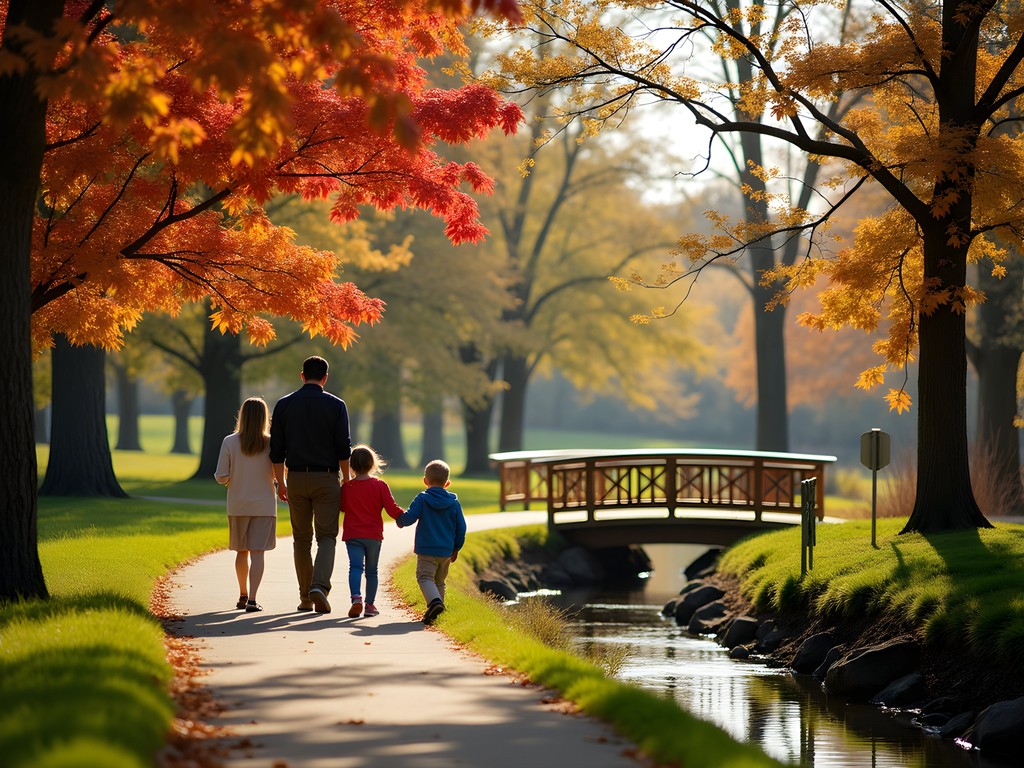
💡 Pro Tips
- The Clear Creek Trail is particularly magical in late October when fall colors peak
- Request the children's activity sheet at the Shawnee Historical Society—it includes a scavenger hunt
- Old Shawnee Pizza's historical photo collection is most visible during weekday lunch hours when the restaurant is less crowded
Final Thoughts
Shawnee exemplifies what I've long maintained about suburban exploration—that America's most authentic historical narratives often unfold not in designated tourist districts but in these overlooked municipal interstices. For families seeking an economical weekend adventure, Shawnee offers a refreshingly uncrowded alternative to Kansas City's more trafficked attractions. The city's architectural heritage, geological curiosities, and vintage shopping opportunities combine to create an experience that satisfies both intellectual curiosity and the practical desire for value-conscious travel. As our urban landscapes grow increasingly homogenized, these suburban communities with their intact historical layers become ever more precious—worthy of documentation and deliberate exploration. I encourage you to investigate the suburbs adjacent to your next major metropolitan destination; you may discover, as I did in Shawnee, that America's most compelling stories are often hiding in plain sight, just beyond the highway exit.
✨ Key Takeaways
- Shawnee offers an economical alternative to Kansas City proper with authentic historical experiences
- The architectural landscape presents an uncommonly intact chronological narrative spanning 150 years
- Family-friendly urban exploration opportunities abound through geocaching, nature trails, and historical sites
- Vintage and antique shopping yields better value than in larger metropolitan areas
📋 Practical Information
Best Time to Visit
September-October for optimal weather and fall foliage
Budget Estimate
$150-250 for a weekend (accommodations, food, and activities)
Recommended Duration
2-3 days
Difficulty Level
Easy

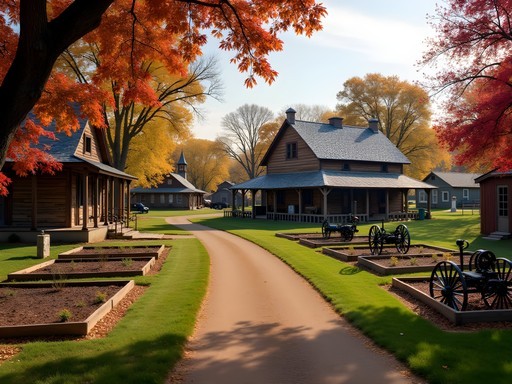
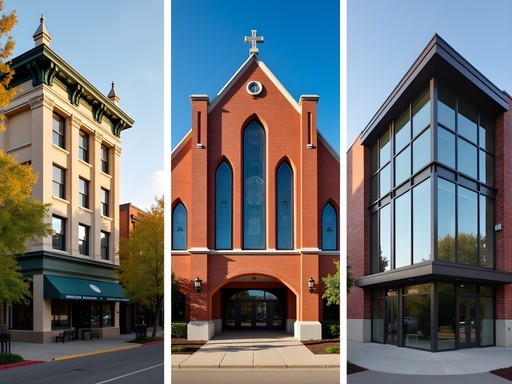


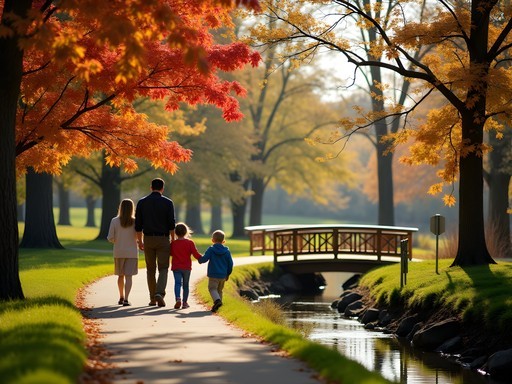









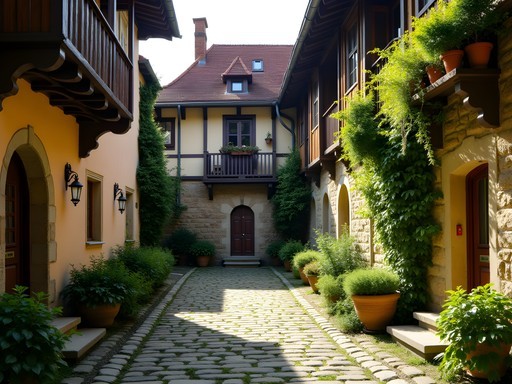
Comments
bluefan
Grew up near Shawnee and never appreciated these spots until I moved away. Now when I visit family, I see it through new eyes. The historical society does amazing work preserving those buildings at Shawnee Town. If anyone's visiting during October, they do this haunted history tour that sells out every year - book early! Strange to see my hometown featured as a travel destination but you really captured what makes it special.
SuburbanExplorer
Just got back from Shawnee after reading this post! Shawnee Town 1929 was everything you described and more. The interpreters were so knowledgeable and stayed completely in character. My kids were fascinated by the blacksmith demonstration. We also stumbled upon a little farmers market happening nearby - not sure if it's regular or we just got lucky. The architectural walking tour map we picked up at the visitor center was super helpful too. Thanks for putting Shawnee on our radar!
Sage Dixon
Grace, your suburban exploration pieces always hit different! I've been preaching this same message for years - America's suburbs contain fascinating historical narratives that get overlooked by travelers seeking only downtown experiences. Visited Shawnee last month while passing through KC and can confirm everything in this post. The limestone caves were particularly interesting from a geological perspective - reminds me of similar formations I explored in Missouri's suburbs. For anyone visiting, I'd add Old Shawnee Pizza to your food stops - their stone-fired pies use local ingredients and the building itself is a converted 1950s gas station. Perfect example of adaptive reuse architecture!
Grace Boyd
Thanks Sage! Old Shawnee Pizza is a fantastic recommendation - can't believe I missed including that. Their building is such a perfect example of mid-century conversion done right.
journeyace
Just got back from Shawnee after reading this post! Grace, your section on architectural treasures was spot on. We found an unofficial walking tour map at the visitor center that highlighted all the Victorian and Mid-Century homes you mentioned. The contrast between styles was fascinating! The real surprise was finding that tiny geological museum near the caves - my kids were obsessed with the fluorescent mineral display. Didn't make it to all the vintage shops but Reclaimed Memories had the most amazing collection of 50s kitchen items. Already planning another trip to see what we missed. Anyone tried the history-themed escape room downtown? Worth it?
beachzone
Those Victorian houses look amazing in your photos! Added to my weekend trip list.
HistoryBuff44
That shot of the Victorian house with the sunset behind it is absolutely stunning! What camera do you use?
MidwestMom
Any specific vintage shops you'd recommend? Taking my daughter next month and she's obsessed with 70s fashion.
RetroCollector
Not Grace but I live nearby - definitely check out Vintage Voyage on Johnson Drive. Amazing 70s collection and the owner Jane knows EVERYTHING about the era. Tell her Marcy sent you!
MidwestMom
Thanks so much! Adding it to our list.
coolmaster
Going to KC next month and thinking of adding Shawnee to the itinerary. How's public transportation between downtown KC and Shawnee? Worth renting a car?
globelife
Definitely rent a car. Public transit is pretty limited between KC and Shawnee. Plus you'll want to hop between sites that are spread out.
tripguy
Just spent a weekend exploring Shawnee based on this post and WOW what a surprise! The vintage shops were incredible - I scored an amazing mid-century lamp for $30 that would've cost $200+ in Chicago. Took my travel camera to capture those architectural details you mentioned and the lighting was perfect this time of year. Shawnee Town 1929 was closed for a private event but that's just a reason to go back! Thanks for highlighting these suburban gems that most travel blogs ignore!
adventurebackpacker
Any good hiking trails near those limestone caves?
bluefan
Not OP but Shawnee Mission Park has some decent trails that connect to the cave area. Nothing super challenging but nice for a day hike. Bring bug spray in summer though!
Venture X
Premium card with 2X miles, $300 travel credit, Priority Pass